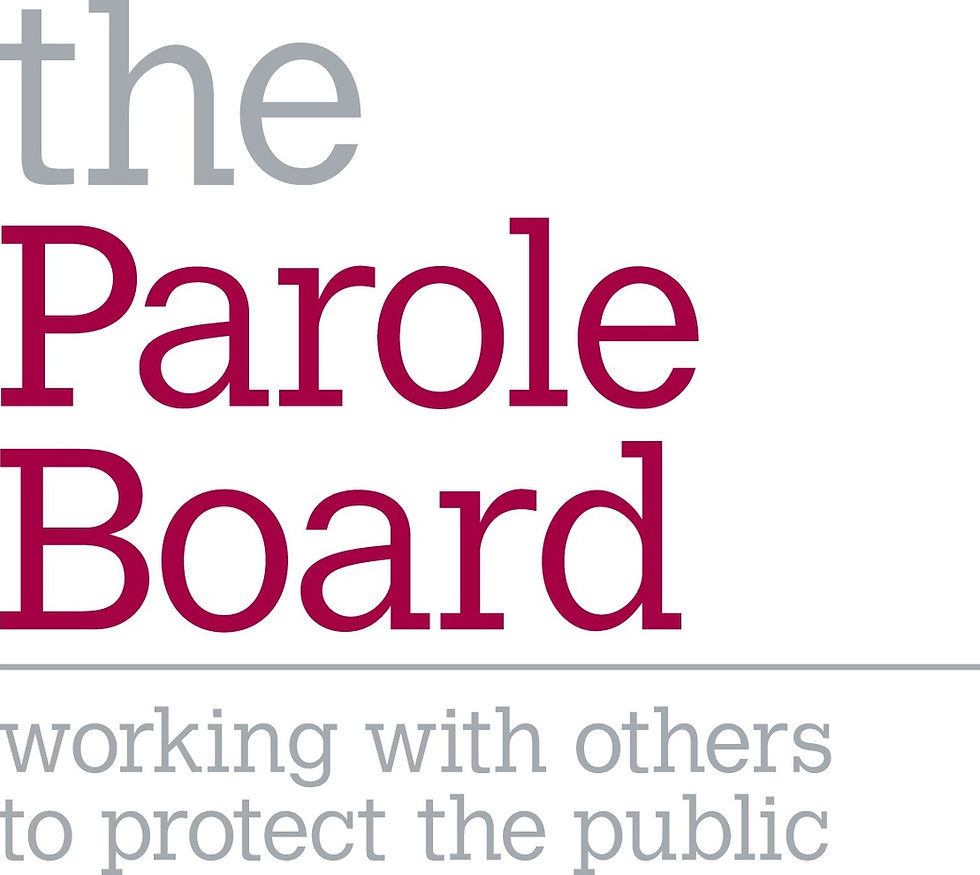How does parole work?
- Andrew Sperling and Kushal Sood
- Jan 5, 2018
- 3 min read

John Worboys’ release has led to some immediate and eminently understandable anger from commentators across the media spectrum.
The release of prisoners serving sentences for sexual offences is a very sensitive subject.
Knee-jerk commentaries are best avoided.
It’s not often that parole is in the news, so we thought we would contribute with some expertise on how parole actually works.
Here are our ten facts:
The Parole Board is entrusted by Parliament to make binding decisions about which prisoners are safe to be released. In this respect they act as a court. Politicians cannot interfere with this decision.
Prisoners who are given indeterminate sentences must serve a ‘tariff’ or ‘minimum term’ before they are eligible to be released. The term is set by the sentencing judge and is based on sentencing guidelines. When that term ends, the prisoner is not automatically released. The sentence could last forever if the Parole Board felt that they were too dangerous to be released.
The test for release is whether the prisoner needs to continue to be confined for the protection of the public from serious harm. This means serious physical or psychological harm. The decision is usually made following an oral hearing.
A Panel of the Parole Board is usually composed of three members. Members are appointed by the Secretary of State. They do not have to demonstrate expertise in risk assessment or working with prisoners. They include former police officers, probation officers, psychologists, psychiatrists, academics, investment bankers, and lawyers. Whilst historically Panels would have a Judicial Chair, accreditation to become a Panel Chair can now be achieved through a training and examination exercise.
Dossiers of evidence, in cases like Worboys’, tend to be several hundred pages long. They will include risk assessments from a variety of witnesses including psychologists, psychiatrists and probation officers. Evidence may include reports from programmes prisoners have completed. The Parole Board will decide which witnesses need to give evidence.
Victims of offences have the right to provide a statement explaining the impact of the offences upon them. Victims can also attend hearings to read their statements. The Parole Board has very detailed guidance setting out its duties to victims. It is the responsibility of Victim Liaison Officers to inform victims of their rights and to consult with Probation Officers about proposed licence conditions.
A prisoner can be represented and can call witnesses, including independent experts, to give evidence in support of his/ her application. The Secretary of State for Justice can appoint an advocate to represent his view at a hearing, but rarely chooses to do so.
Prisoners who have been convicted of sexual offences will usually be expected to have completed treatment programmes. The Sex Offender Treatment Programme - which had been running for over 25 years - was abandoned last year. This followed publication of research by the Ministry of Justice which suggested that it could actually increase risk.
Parole hearings are often very long. Prisoners and witnesses are questioned in great detail about evidence relating to the risk they may pose if they are released. Parole Board decision letters are not public documents. They are very lengthy and will provide detailed reasons for the decision.
Recalls to prison, for those released on licence, have increased by 4300% in the last 20 years. The serious re-offending rate for indeterminate sentenced prisoners who are released is around 3%. Any serious re-offending will be referred to the Parole Board’s Review Panel who will investigate the decision-making process and make appropriate findings.
